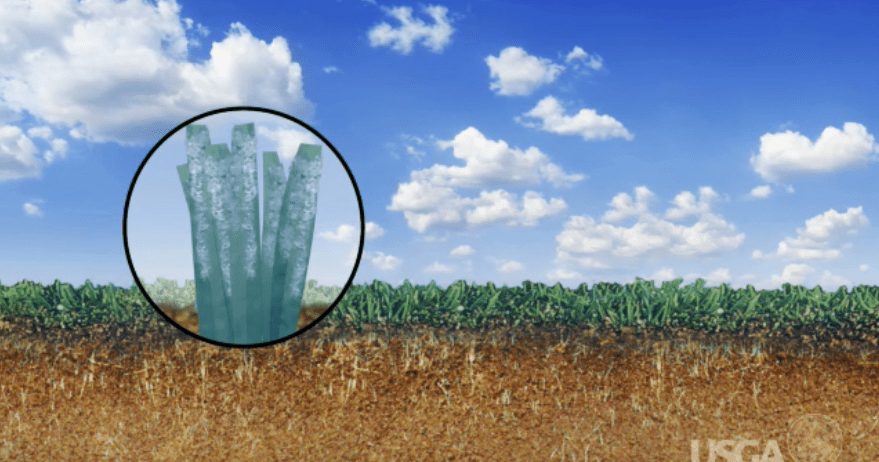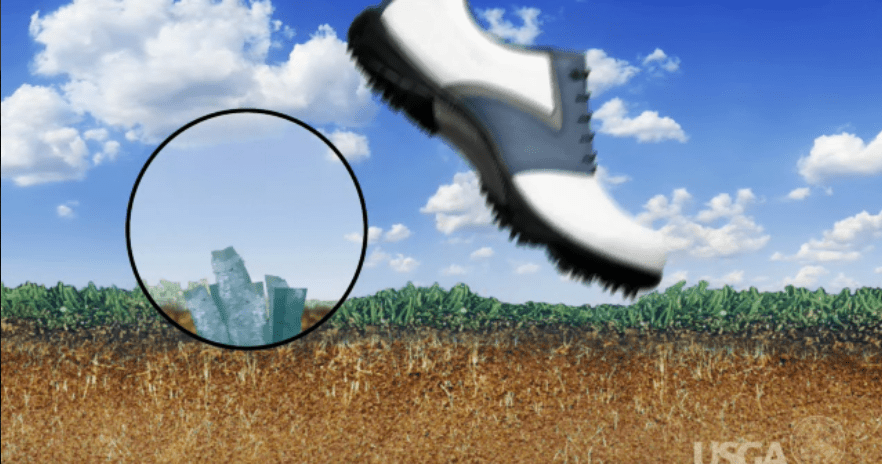

Key points from the USGA regarding the importance of frost delays:
Crunchy grass is vulnerable to damage.
Golf course turf is normally resilient to traffic, but when ice crystals form inside the plants, they become brittle and vulnerable to damage. Walking or driving over frost-covered grass may rupture plant cells, leading to dead turf. Or the plants may be weakened without immediately showing the effects. It can take grass more than a month to recover from this damage.
Closely mown turf is at high risk.
Frost damage can occur on any part of the golf course, but it poses the greatest risk to closely mown turf. Putting greens are particularly vulnerable because they experience the most concentrated traffic. A foursome typically takes 300 steps or more on each putting green; if there is frost present, all those steps could cause serious damage.
A little frost can cause big delays.
Many of us have looked out our windows at home and seen no signs of frost, only to find a frost delay when we reach the golf course. This is because frost can linger in colder microclimates long after other areas have thawed. North-facing slopes, low-lying areas and areas sheltered from the wind are especially likely to remain covered with frost. If frost remains in areas that are unavoidable early in the round, the course must remain closed. It is also important to remember that once the frost is totally clear, the maintenance staff will need time to catch up on course preparations before play can begin.
More light goes a long way.
When large trees shade primary playing surfaces, especially on early holes, the course must remain closed even if the frost has melted elsewhere.





